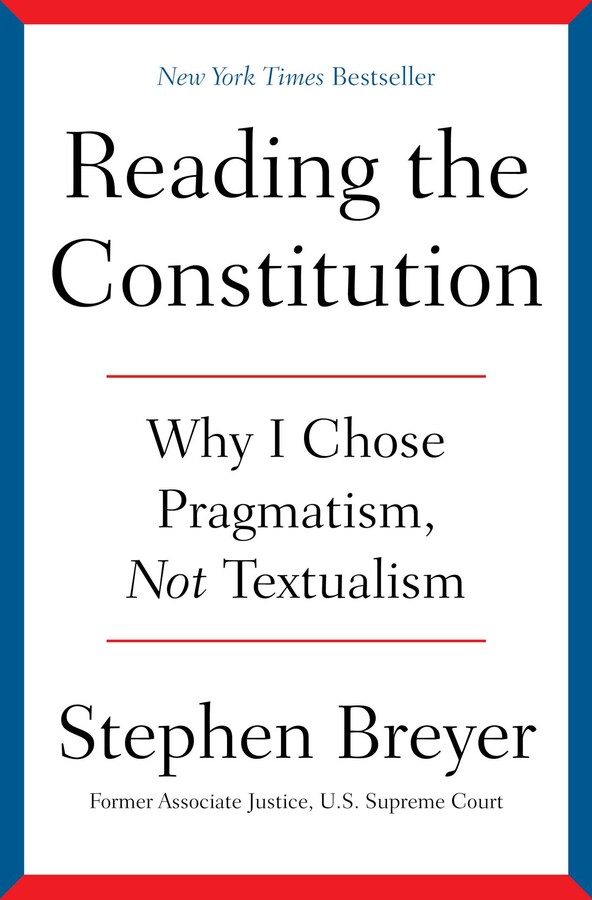Over the past year, I’ve found myself drawn to the U.S. Constitution, exploring its words and deeper meanings. This exploration has also fueled my broader interest in law—how it’s made, interpreted, and enforced. Along the way, I’ve dived into the early history of the United States, the minds of the founders, and even the Federalist Papers, which passionately defend the Constitution. It’s fascinating to see the foundational debates that shaped the framework of our democracy.
That curiosity led me to Stephen Breyer’s Reading the Constitution, a book that examines different methods of constitutional interpretation. Breyer, with his extensive experience on the Supreme Court, presents approaches like textualism, pragmatism, and originalism, showing how justices apply these perspectives to resolve complex legal questions. What I find compelling is the realization that law isn’t a hard science; it requires judges to weigh competing interpretations and make nuanced decisions. It’s an intricate dance between history, precedent, and contemporary challenges. This book made me appreciate how layered and human the judicial process truly is.
Breyer’s insights have been eye-opening, and I already know this is a book I’ll revisit to unpack his thoughts further. It’s inspired me to stay engaged with the legal world, following the decisions of the Supreme Court and even my local courts. Law and justice are living forces in our society, and this book has deepened my understanding of their importance.
Justice Stephen Breyer, the author, brings a wealth of experience to this work. He served as an Associate Justice of the United States Supreme Court from 1994 to 2022, nominated by President Bill Clinton. Known for his pragmatic and forward-thinking approach, Breyer consistently emphasized the need to consider the real-world implications of legal decisions. Before his time on the Supreme Court, he was a judge on the U.S. Court of Appeals for the First Circuit and taught administrative law at Harvard Law School. Breyer’s belief in a “living Constitution”—one that evolves to meet the needs of an ever-changing society—shines throughout his writing. His judicial philosophy is a reminder that the Constitution isn’t just a document of the past but a tool to guide us into the future.
This book has been a profound learning experience for me, and I’m grateful to have encountered it. It’s reignited my passion for understanding the Constitution and the law, leaving me eager to continue exploring this vital and ever-relevant subject.

